purple ash tree diseases
Infection is most common after cool rainy weather as these conditions favor fungal growth. These trees are often attacked by one of the many other boring insects and these insects may be confused with emerald ash borer.

Autumn Purple Ash Trees For Sale Brighterblooms Com
Purple Robe black locust Robinia pseudoacacia Purple Robe can grow in some of the most difficult conditions and on a variety of sites.

. 7 rows Ash Diseases. If your ash is smaller than 47 inches around the trunk at chest height ie 15 diameter at breast height DBH you may be able to treat your ash tree yourself. In fact when applied correctly EAB treatment is 85 to 95 percent effective.
A male-gendered tree that will not produce seeds it is a cultivated variety of white ash Fraxinus americana that is native to much of the eastern United States. It is susceptible to. An autumn purple ash is more vulnerable to ash borer.
About Purple Robe Trees. Ash trees have an opposite branching structure with multiple leaflets. Ashes are regarded as sturdy landscape trees but varying soil and climatic conditions can induce the spread of some diseases.
Arizona Ash Tree Disease. The earliest symptoms include purple or brown spots with a cream-colored center on new leaves. The first step is to be sure the tree is an ash tree.
For more information about Autumn Purple ash trees click on the following article. Apart from the emerald ash borer disease ash. The purple ash tree is actually a white ash tree that has purple leaves in fall.
In many cases yes. Questions about ash trees have been common the last few weeks. Informational table showing disease name symptoms pathogencause and management of Mountain Ash diseases.
Ash conservation efforts are stronger than ever and treatment options are available to protect trees. Ash trees have an opposite branching structure with multiple leaflets that make it look lovely in the landscape. It can also affect Japanese MapleThis disease is another fungus that enters through the roots and blocks the water passages inside the treeThe lack of water and nutrients flowing through the tree causes.
Ash tree care vary widely. There are over 60 ash tree species the white ash being the largest of the family. Like various plants the Arizona ash tree is open to many pests and diseases including mildew cankering and different fungal infections.
Ash dieback Hymenoscyphus fraxineus is a fungus which originated in AsiaIt doesnt cause much damage on its native hosts of the Manchurian ash Fraxinus mandshurica and the Chinese ash Fraxinus chinensis in its native rangeHowever its introduction to Europe about 30 years ago has devastated the European ash Fraxinus. Ash anthracnose is another common ash-tree disease. Mountain Ash Diseases.
Reasons an ash tree is declining most commonly drought stress. For that to happen ash trees need to be in generally good health structurally sound and treated. The feasibility of treating a tree for any of these diseases depends on how advanced the condition is the age of.
Trunks and larger branches have brown sunken cankers circular or irregular in shape that gradually enlarge and girdle the wood. It grows in various light exposures ranging from full sun to partial shade according to the University of Florida. University of Wisconsin Pest Alert XHT1181 Homeowner Guide to Emerald Ash Borer Insecticide Treatments provides a list of products currently available for homeowner use.
The Autumn Purple ash tree thrives in moist conditions in zones 4 through 8 leaving it sensitive to periods of extreme drought. The four most serious diseases affecting ash trees in North America are emerald ash borer ash yellows verticillium wilt and ash anthracnose. Your tree is likely suffering from anthracnose.
Grow it successfully in US. Insects and diseases This tree can have many problems if poorly cared for. You should know how to identify common ash tree diseases and treat them.
A fungus causes anthracnose. Can ash trees be saved from emerald ash borer. The disease is worse in wet years and is partially controlled by gathering and disposing of diseased fallen leaves.
This is a much more serious disease that affects all kinds of maples but Sugar Maple and Silver Maple are the ones most commonly affected. Plant diseases like fungal leaf spots powdery mildew rust anthracnose and cankers can cause serious problems for the Autumn Purple ash tree. They are medium to large-sized trees that are a part of the Olive family.
Black pimple-like fruiting structures form on infected bark. If your ash tree looks healthy dont be too concerned but be aware of these symptoms. Due to poor soil quality in Colorado we recommend a deep root fertilization in spring and fallearly winter for all varieties of ash trees that are stressed or prone to stress.
What is ash dieback. The ash tree is a handsome native deciduous tree. The leaves are green which turn yellow or purple-burgundy in the fall depending on the type of species it is.
The majority of ash trees mature at 40ft to 50ft but there are species that get over 80ft high and they all have round full canopys. Most ash tree diseases are easy-to-identify making it easier to control and eradicate the problem. Recently the ash sawfly has become a big problem on Autumn purple ash up and down the Front Range of Colorado chewing leaves in May and June.
Its attractive autumn foliage makes it a popular street and shade tree. The ash tree is a strong medium to very large tree depending on type and a relative of the olive tree. Autumn Purple ash is a rapidly growing deciduous shade tree that bears red-purple to maroon colored fall foliage.
Each leaf on a white ash tree consists of seven oval-shaped leaflets that range in. An ash tree that turns red in fall the Autumn Purple grows to be 45 to 60 feet tall. Cankers Lilacash borer carpenter worms and ash flower gall.
Many homeowners have seen decline and dieback of even 20- to 25-year-old trees. This guide will help you determine whether an ash tree may be infested by the emerald ash borer. Young unfolding leaves are distorted and develop greenish.
Borer diseases are the main vector but ash have some common problems in the Denver. As the disease progresses the spots create a brown mass on leaves. A number of disease problems might be involved in decline of ash trees.
The tree reaches 30 to 50 feet.
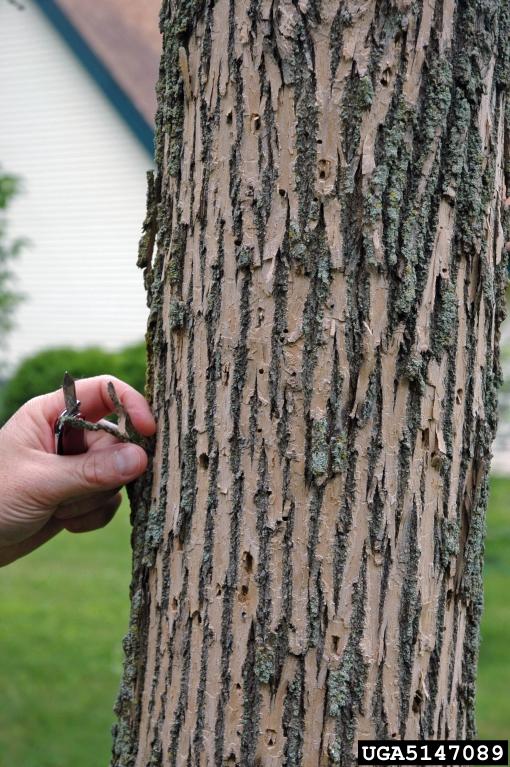
Emerald Ash Borer Vermont Invasives

Strange Growth Reported On Ash News
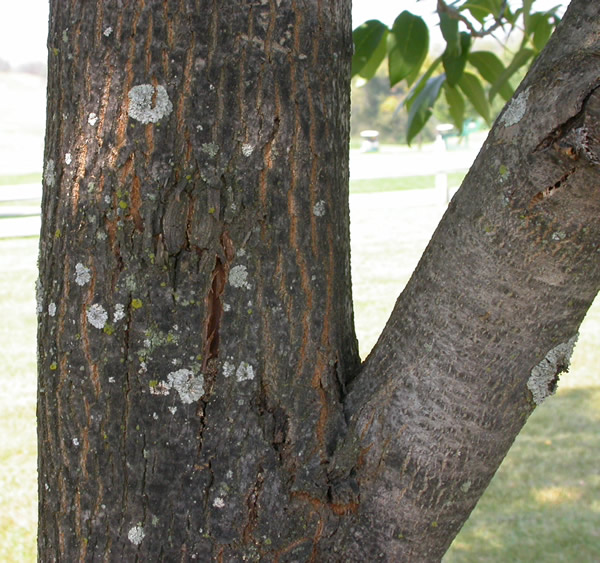
Question What Options Do We Have To Treat Our Ash Trees Against The Emerald Ash Borer Purdue Extension Forestry Natural Resources
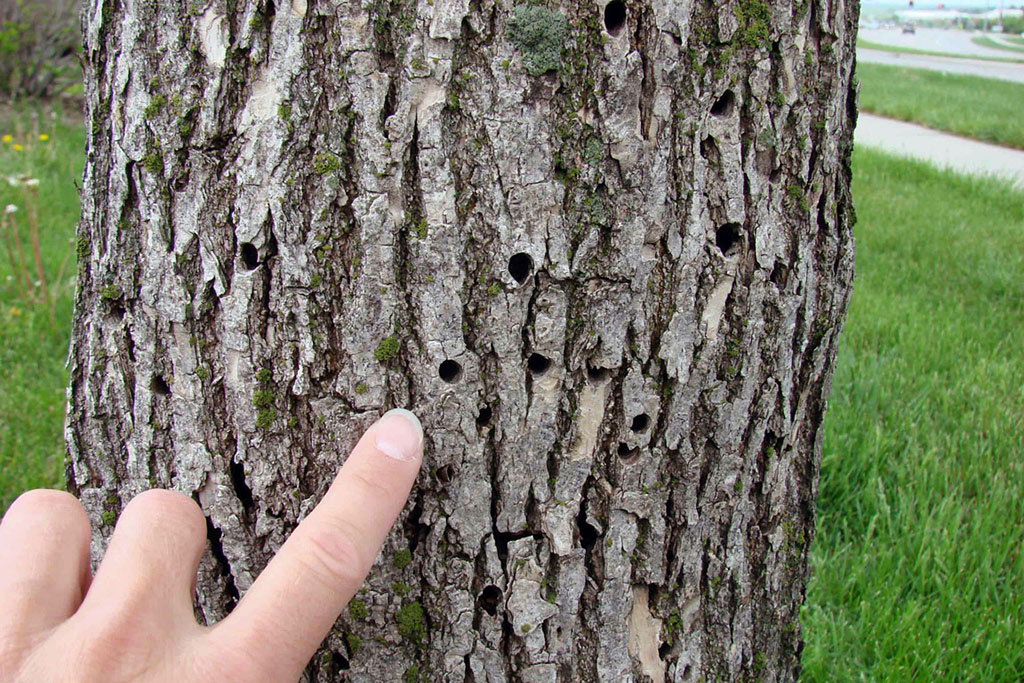
Frequently Asked Questions About Emerald Ash Borer Nebraska Forest Service
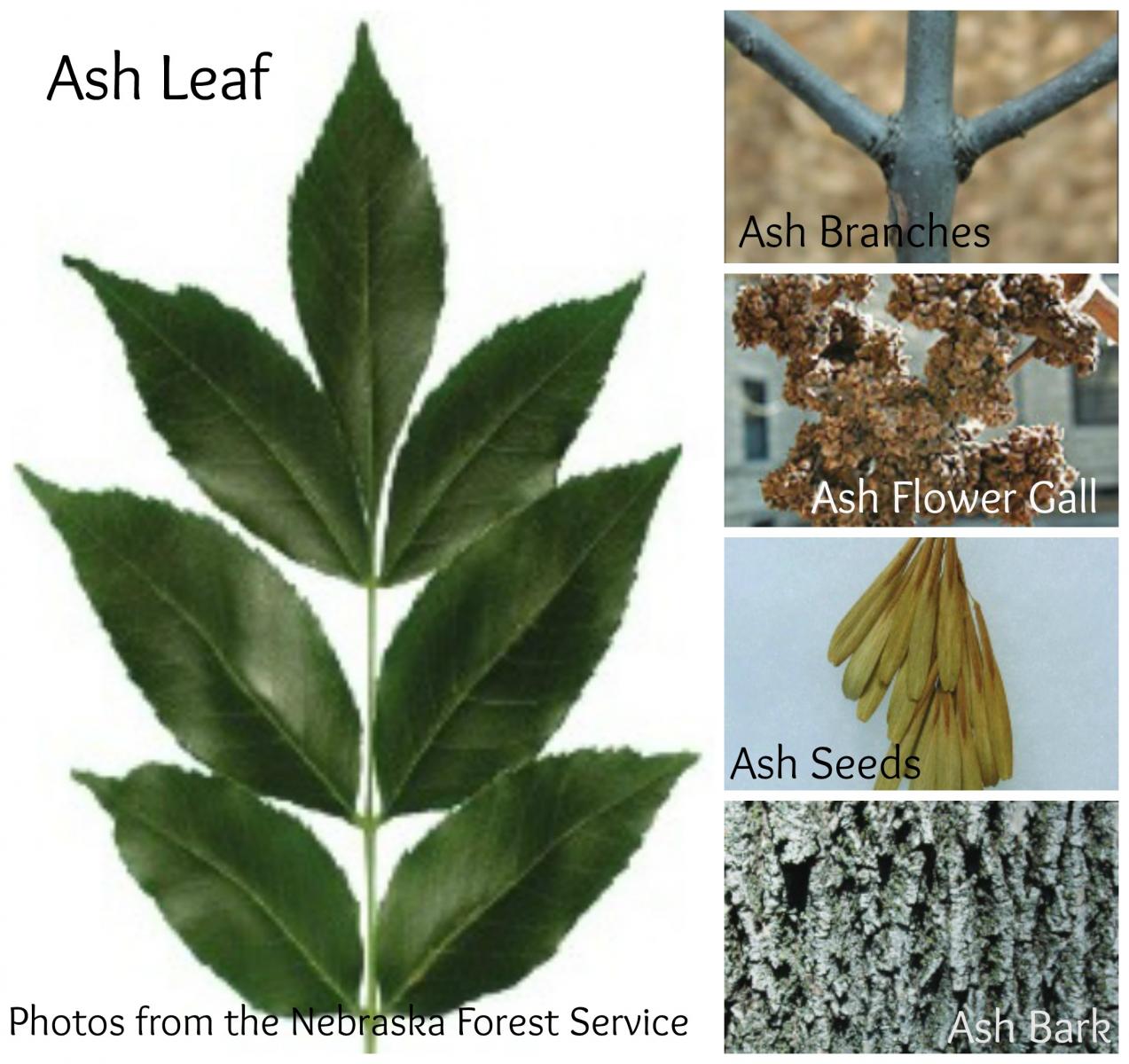
Ash Trees Nebraska Extension Community Environment Nebraska
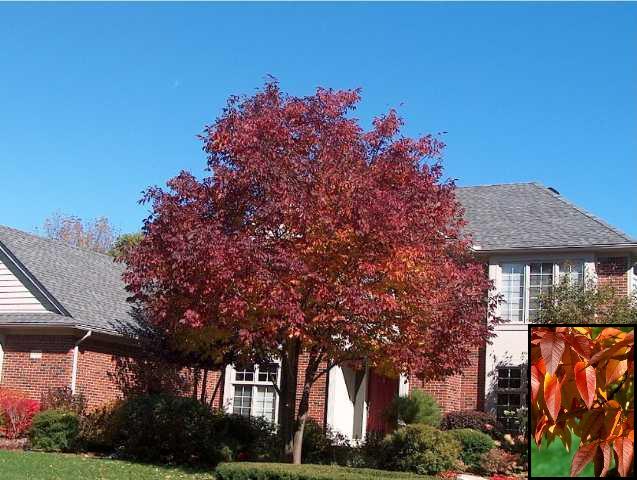
Ash Tree Autumn Purple Payne S Nurseries

Autumn Purple Ash Trees Growing An Ash Tree With Purple Leaves

Cutting Back Ash Trees Learn How And When To Prune Ash Trees
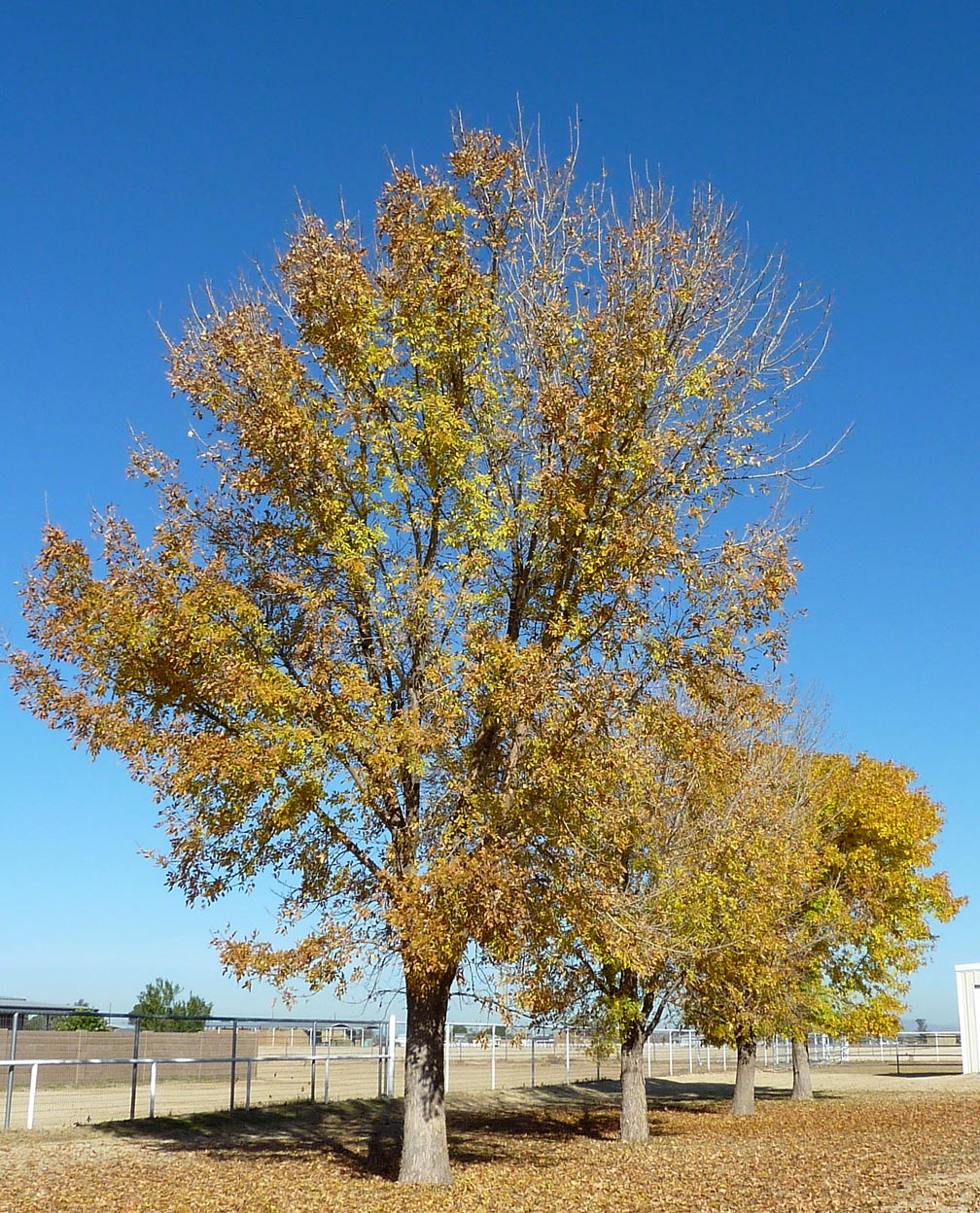
Ash Tree Identification Guide Tree Removal

Ash Decline Horticulture And Home Pest News

Online Orchards 3 Ft 4 Ft Purple Autumn Ash Tree Bare Root Shrm003
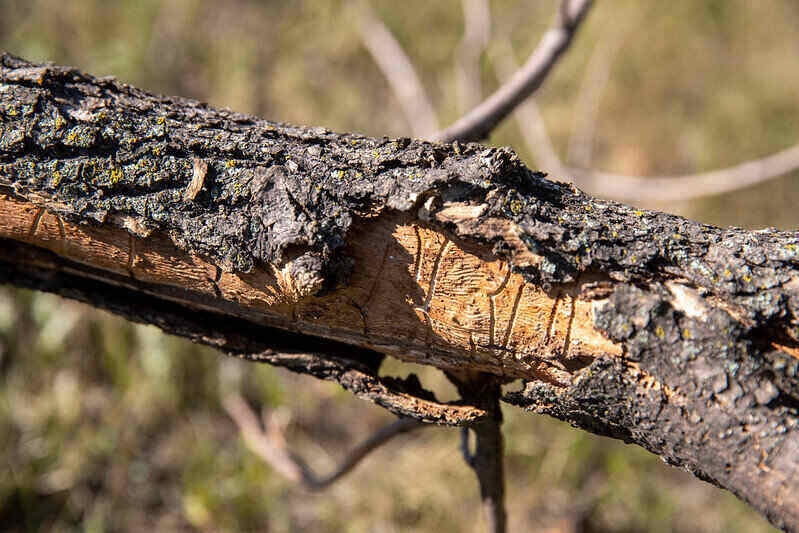
10 Ash Tree Diseases And How To Treat Them Lawnstarter

White Ash Tree A Profile Of A Tree Howstuffworks
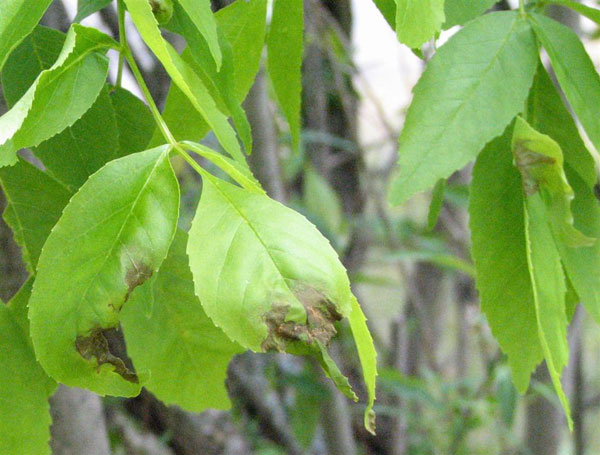
What S Wrong With My Plant Garden University Of Minnesota Extension




